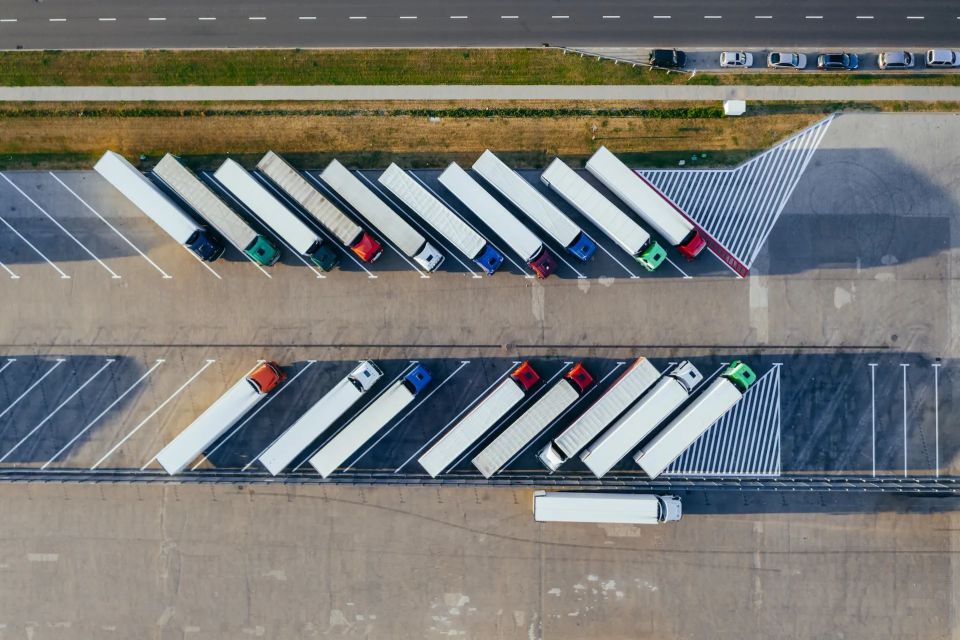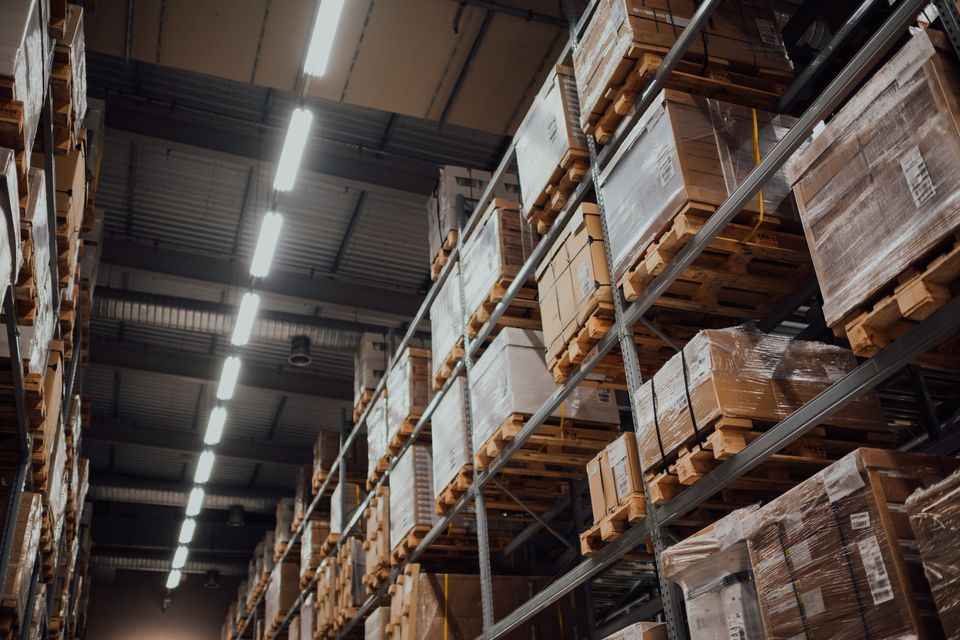Delivering Reliable Logistics Solutions Worldwide
Delivering Reliable Logistics Solutions Worldwide
At C&S Transportation, we offer comprehensive logistics services tailored to meet your individual needs.









Established trailer pool within 24hrs for dedicated lanes. Highly recommend this carrier for dedicated/contracted business.
"We've been using C&S Transportation for our freight forwarding needs and they've been absolutely phenomenal. Their commitment to timely delivery and transparent communication has made our logistics much smoother. We highly recommend their services to businesses in Tarpon Springs."
"As a technology company, we needed a logistics provider who could handle our delicate products with utmost care. C&S Transportation was a game changer, ensuring our goods reached their destination safely and within our timelines. Definitely the best in Tarpon Springs."
"We run a busy retail business and logistics can be incredibly challenging. But ever since we partnered with C&S Transportation, things have been so much easier. Their warehousing and distribution services are top-notch, ensuring our inventory is managed smoothly and efficiently. A great asset to Tarpon Springs's retail industry!"